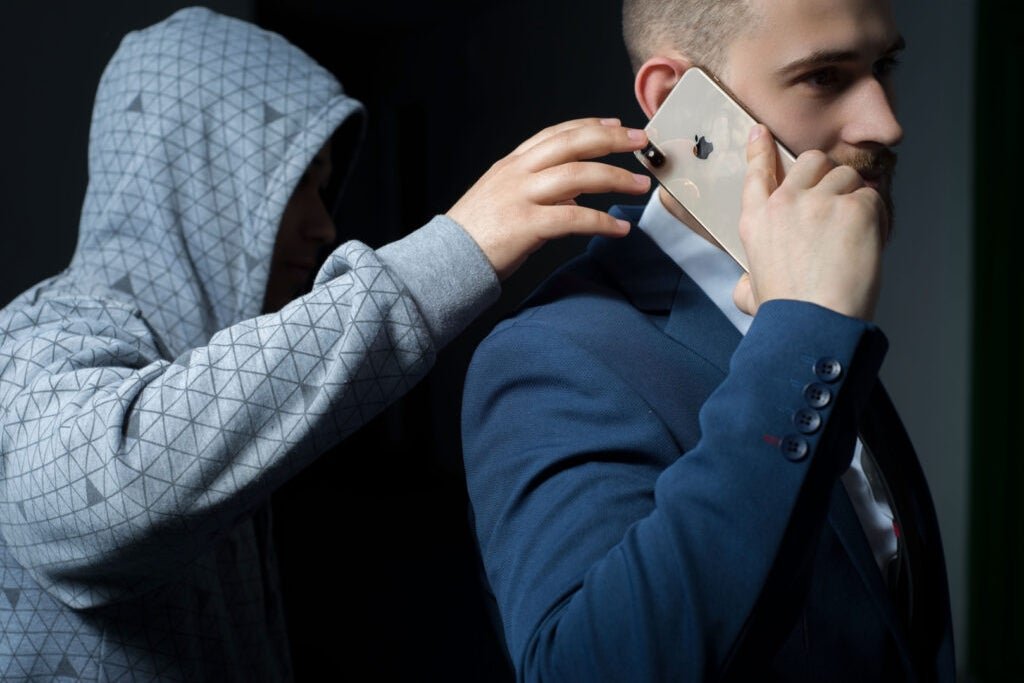iPhone Thief Reveals Tactics and Exposes Software Vulnerabilities: What Apple Needs to Know
An iPhone thief, Aaron Johnson, currently serving time in a Minnesota Correctional Facility, has opened up about his tactics in stealing hundreds of iPhones. His revelations shed light on some vulnerabilities in Apple’s software that the tech giant might want to address.
Johnson confessed to Joanna Stern of The Wall Street Journal that he and his team would operate in Minneapolis bars, where they would befriend clients and memorize their passcodes. Once they had the passcodes, they could lock victims out of their Apple accounts, access their banking apps, and steal thousands of dollars before selling the stolen phones.
According to Johnson, the Apple ecosystem and unsuspecting iPhone owners were the targets of his operation. If thieves can figure out the passcode of an iPhone, they can use Apple Pay to make purchases. Additionally, any app without extra protection, such as email or Venmo, could be vulnerable.
This case highlights the importance of device security, as iPhones contain vital personal and financial data. Johnson’s technique was simple—he would observe iPhone owners entering their passcodes before stealing their phones. His operation was so lucrative that he and his team allegedly made nearly $300,000, though Johnson suggests the actual sum was significantly higher.
Apple’s response to these revelations is yet to be seen, as they did not immediately respond to Benzinga’s request for comments. However, earlier this month, Apple introduced a new feature called Stolen Device Protection to combat passcode-assisted thefts. This feature requires the use of FaceID along with the passcode for sensitive actions in unfamiliar locations, aiming to hinder perpetrators even if they have the user’s private passcode.
Despite Apple’s efforts to enhance device security, thieves like Johnson continue to find ways to bypass these measures. Last November, iPhone thieves attempted to trick users into turning off these protection mechanisms to profit from stolen devices, further emphasizing the ongoing cyber threats iPhone users face.
The revelations from Johnson’s case underscore the need for Apple to continuously improve its software security to protect its users’ personal and financial information. While Stolen Device Protection is a step in the right direction, potential vulnerabilities still exist. Apple must stay vigilant and proactive in identifying and addressing these loopholes to ensure the safety and privacy of its users.
In conclusion, the disclosure of tactics by an iPhone thief exposes vulnerabilities in Apple’s software that require attention. Apple needs to prioritize device security and address these vulnerabilities to protect its users from falling victim to similar thefts. As technology advances, so do the methods employed by criminals, making it crucial for Apple to stay one step ahead in safeguarding its customers’ data.





